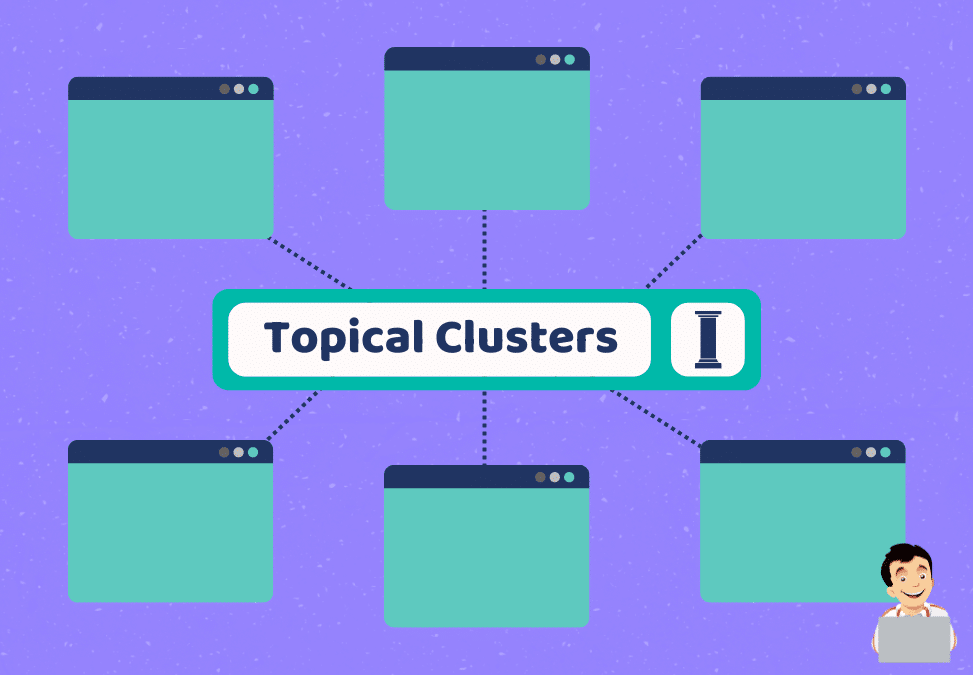How to Create Topical Clusters
Creating topical clusters can be challenging, but it is essential for improving your website’s SEO. Here are the steps you can follow to develop topical clusters:
Step 1: Research
The first step in creating topical clusters is to research the topics that you want to cover on your website. This research should include identifying the keywords that are relevant to your business or industry. You can use tools like Google Keyword Planner or SEMrush to identify the keywords that your target audience is searching for.
Once you have identified the keywords, you can start researching the topics that are related to those keywords. This research will help you to identify the subtopics that you can cover in your topical clusters.
Step 2: Grouping Keywords
After identifying the keywords and subtopics, the next step is to group them into clusters. Each cluster should have a core topic that is related to your business or industry. The subtopics should be related to the core topic and should provide more in-depth information about the topic.
You can use a mind map or a spreadsheet to group the keywords and subtopics into clusters. This will help you to visualize the relationships between the topics and subtopics and ensure that each cluster is well-organized.
Read more: Types of Keywords
Step 3: Creating Content
Once you have grouped the keywords and subtopics into clusters, the next step is to create content for each cluster. The content should be high-quality and provide valuable information to your target audience.
You can use a variety of formats to create content, including blog posts, videos, infographics, and podcasts. The content should be optimized for SEO and should include relevant keywords and subtopics.
It is also important to link the content within each cluster to create a cohesive topical cluster. This will help improve your website’s user experience and make it easier for search engines to understand the relationships between the topics and subtopics.

Leave a Reply